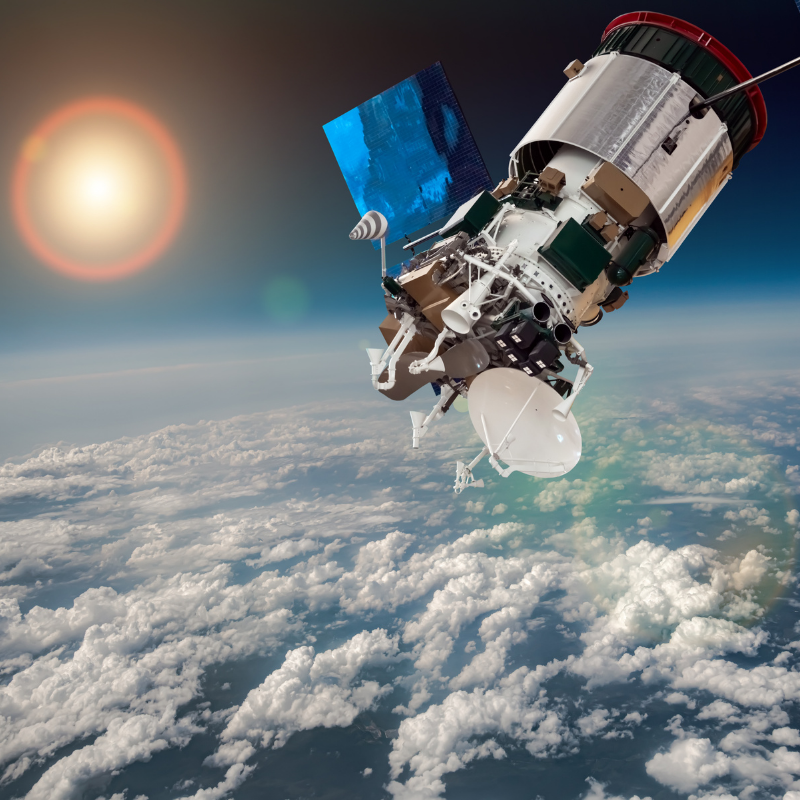
The developments in renewable energy sources over recent years have been overwhelmingly positive. However, the ongoing challenge of providing power on demand continues to exist. Without it being sunny or windy there is no guarantee that energy can be produced. Consequently, there has been a lot of focus on discovering a way to store energy on a large scale before wind or solar are considered as a long-term solution.
Recent reports signal a promising future for space based solar power, with China, the US, Europe and Japan all developing space solar energy projects. What was once the basis of a science fiction novel, could now become a reality with the recent technological developments made by scientists.
How does it work?
Solar power satellites will be positioned in the Earth’s orbit to capture the Sun’s energy. This light energy would be converted into microwaves, which would then be transmitted through a laser transmitter down to collection stations on earth. Unlike traditional solar energy, this could be delivered around the clock to any point on our planet and can provide a more reliable generating capacity.
What are some of the key challenges?
Whilst the developments into space powered solar technology are promising, it does come with its challenges. One of the major difficulties aside from the cost, not only to travel to space but to build there, is the legalities involved if it were to become privatised. The Outer Space Treaty (1967) which is in effect would need to be reviewed if nations are to progress with commercial opportunities. Other issues that have been raised and will require further research include the system’s vulnerability, its maintenance, and its contribution to the growing crisis of space debris.
Nevertheless, the potential for space powered solar technology as a source of renewable energy is there. According to recent news, Beijing even plans to create a working system by 2030. Watch this space!
Topics covered
Keep reading...
All blogs-
Industry insights
Energising Change: How Talent Migration is Shaping the Future of Energy
-
Oil & Gas
Could hydrogen be a viable new fuel option to help achieve Net Zero by 2030?
-
SO announcements
Volunteering at SO – Mehtap Zorer’s time with Begegnungen 2005 charity
-
Spencer Ogden
Spencer Ogden renews sponsorship deal with Bucks RFC, Singapore
-
Latest sector news
Energy security concerns continue to fuel growth in the Renewables sector





